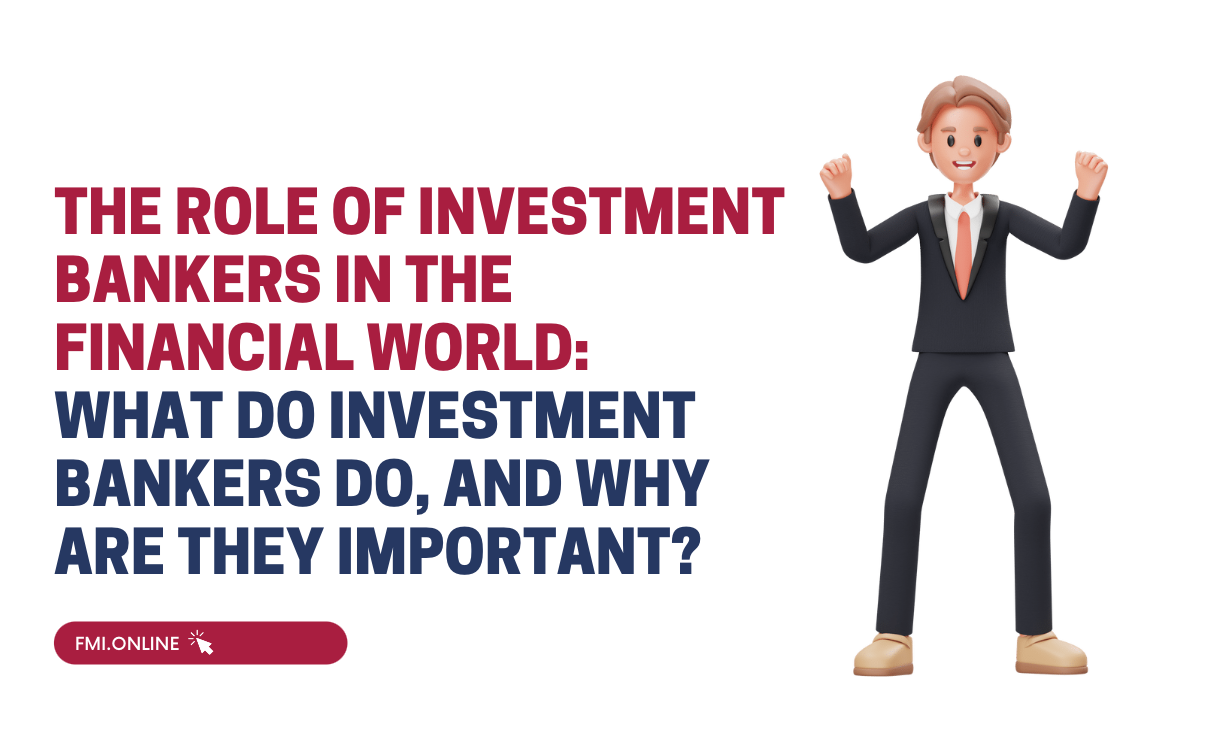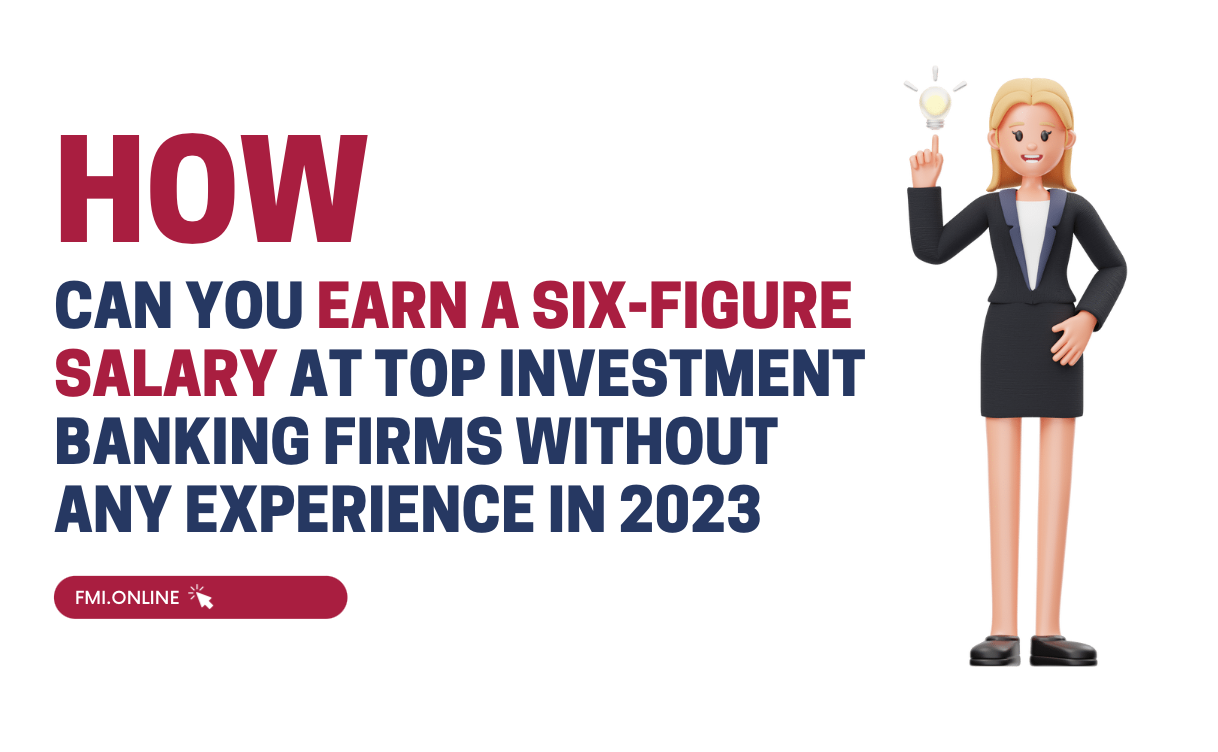Many consider investment banking to be one of the most exclusive industries in the world. Yet, while some common facts such as its financial perks and long hours are well known, the industry’s innerworkings aren’t common knowledge. In this article, we delve into some of the lesser known and striking facts about investment banking:
1. The global investment banking fees are a whopping $80.5 trillion
The investment banking fees worldwide – the fees charged for various services such as advisory, M&As, raising capital and so on in the IB industry – stood at a massive US $80.5 trillion in the first half of 2021. This was $18 trillion higher than its value in the first half of 2020. Although this was its highest ever, due to its timeline, the value doesn’t yet account for Russia’s invasion of Ukraine, which has severely shaken the global economy.
2. JPMorgan is the leading investment bank globally
JPMorgan bagged the largest investment banking revenue in the world, as of March 2022. It had clocked in a revenue of roughly $1.73 billion till that period. This made up 9.6% of the world’s investment banking revenue followed by Goldman Sachs at 9%. Further, all five of the top investment banks globally were American multinational investment banking firms.
3. Goldman Sachs is the largest M&A advisor worldwide
Since 2019, Goldman Sachs has been the largest merger and acquisition (M&A) advisor in the world. Last year, they led M&A transactions valuing nearly $1.9 billion. In addition, the global M&A volumes stood at $5.9 trillion in 2021, up from nearly $3.5 trillion in 2020.
4. Less than 25% of investment bankers had a finance degree
Investment bankers are painted with the broad brush of being math and finance geeks yet that’s not always the case. This article points to the other crucial skills needed to become an investment banker. In fact, many IBankers come from a range of backgrounds. The more common attribute, though, is usually professionals who are willing and accepting of working in a demanding and high-pressure environment.
5. Less than 8% of U.S. university graduates working in banking went to an Ivy League school
Although it is believed that the top-ranked investment banks hire exclusively from Ivy League schools, an analysis of the LinkedIn profiles of the 13 top investment banks showed that 7.4% of U.S. university graduates who worked in banking went to an Ivy League college. In fact, while some banks’ had more than 20% of their employees from this premier university bracket, for JPMorgan Chase this number was 7.8%.
6. More than 20% of Barclays’s workforce attended an Ivy League college
Barclays hired the highest percentage of Ivy League graduates of all 13 banks analysed above. Further, nearly 66% of Barclay’s workforce came from private colleges. This number was nearly 64% for Goldman Sachs and 41% for JPMorgan Chase.
7. 100+ hour work weeks are a thing at some firms
Investment banking analysts may work up to 100 hours per week at some firms. While this might be less than ideal for many professionals, in this article we share some tips on time and stress management to ensure a smoother career as an investment banker.
8. Investment banking salaries range from $125,000 to $10 million
Investment bankers are widely known to take home the big bucks. Salaries (including bonuses) can range from $125,000 to $10 million. The lower end is for a first-year analyst while managing directors bag the highest of the lot.
9. The average investment banker likes to stay at their job for 1-2 years
HR firm Zippia assessed over 618 investment bankers resumes and concluded that the highest proportion of investment bankers (41%) preferred to stay at their job in IB for 1-2 years.
10. Investment banking is primarily a sales job
Although not technically a stat as much as an intriguing observation, former banker Henry Wong told Forbes that “People don’t realize investment banking is primarily a ‘sales’ job. Like your neighborhood car salesman, a banker will say almost anything to get a deal done.”
11. Representation of women in financial services falls the higher you go
At the entry-level, women’s representation in the North American financial services sector is slightly higher than men at 52%. However, the higher up you go on the corporate ladder, the more their representation falls. In the C-suite in the financial services workforce, white women made up only 23% of executives and women of colour – a mere 4%. The number from entry level to C-Suite for women representation fell by a major 80%
12. Banking is the most skewed in terms of racial representation at the C-Suite level
Within the financial services industry, banking was the poorest in terms of equality of racial representation. White individuals dominated this level of hierarchy both among men and women in banking. Here’s the breakdown:
Source: McKinsey
13. Women received more support at their workplace in the last year
The financial services industry is reported to have supported employees at a higher rate than corporate America during and after the Covid-19 pandemic. In the 2021 edition of the Women in the Workplace study, 47% of women interviewed reported receiving increased support in the past year. The number, however, stood at close to 60% for women in the financial services sector. This included additional holidays, paid time off, emotional support etc..
14. More women managers make the financial services workplace healthier
Employees with female managers in the financial services domain were 50% more likely to say they received emotional support and 25% more likely to report that their manager helped them navigate work–life challenges.
15. Investment banking is booming in India
India is home to hundreds of investment banks while multiple foreign investment banks are also set up here. Among the top ones are JPMorgan Chase, Goldman Sachs, Barclays, Morgan Stanley, Citi, Deutsche, HSBC etc. In 2021, India’s investment banking industry witnessed one of its best times, with investment bankers making Rs 2,200 Crore.
Conclusion:
So, while this might be a volume of information to process about the industry, we hope this article introduced you to some more crucial facts about investment banking. If this is a professional pathway that interests you, FMI brings you cost-effective and time-saving courses here to help you pursue a career in investment banking.












 60+ hours
60+ hours 9 courses
9 courses



